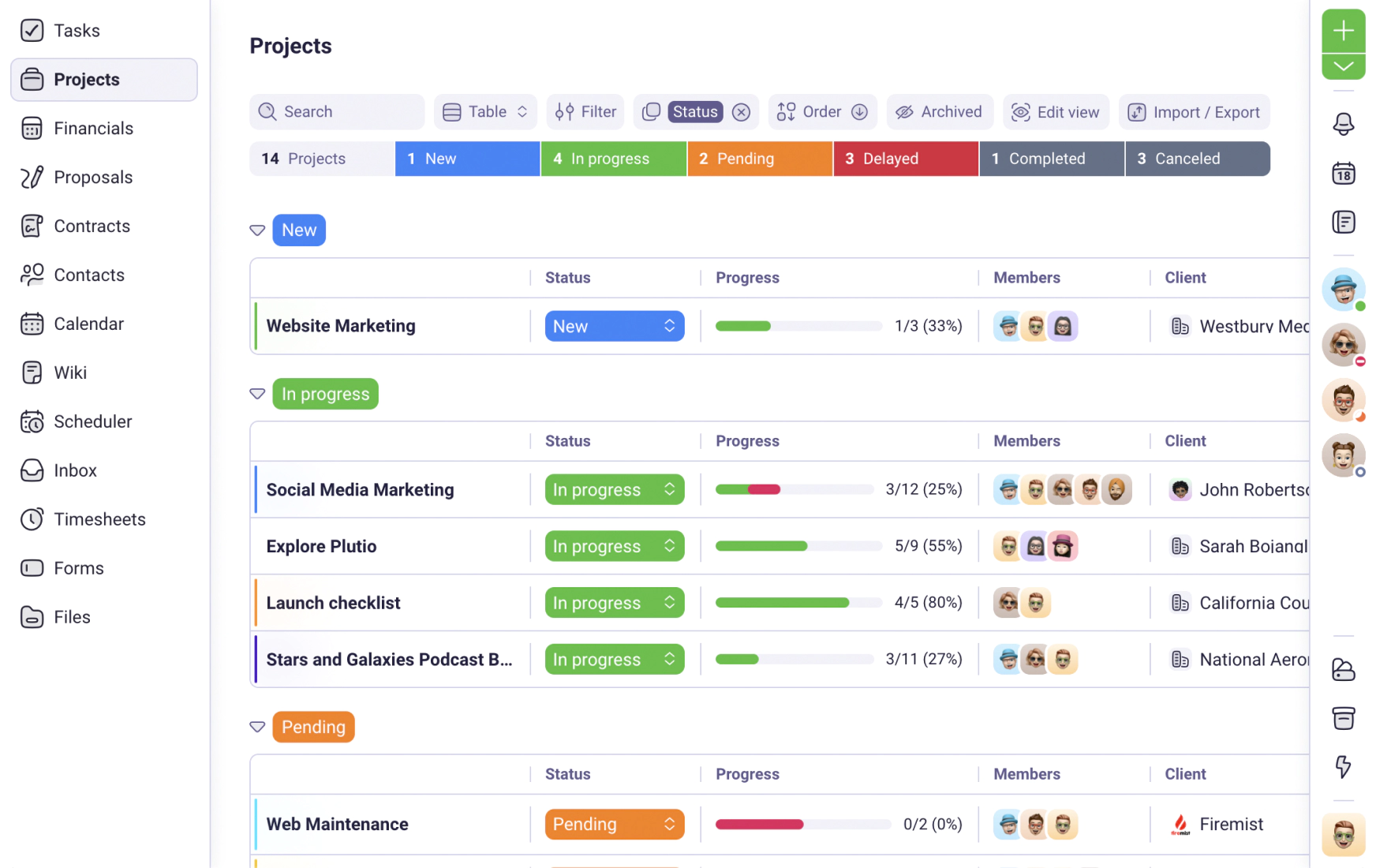We use cookies to personalise and enhance your experience.
Believing in your work is one thing, but making a client believe it too – it’s a whole different story. If you need to pitch ideas to a client, you will have to know what they will be looking for. For them, taking a risk might not be an option, which is why you should get ready to back up your ideas. Take a look at some simple ways that can help you pitch your ideas to a client.
What can you gain from a first client meeting?
Meeting with a client for the first time can help both sides learn about future collaboration. Before you close the deal with a client and start pitching ideas, you will have to learn what that client is looking for. However, finding out what will or will not work for them can be harder than it sounds. With so many competitors on the market, it’s not easy to create and pitch ideas to a client that are easy to believe in. No matter how great your idea is, the point will be to convince the client that your ideas will bring them success in the future.
With this in mind, here are some things you should do at your first client meeting:
- Discuss different options. If they want you to design a product or sell a service, talk to your client about different ways to approach the project.
- Listen to their needs. No matter how demanding a client is, it’s important to know what their goal is in the long run.
- Be positive and open-minded. Some projects sound impossible to handle until you know further details. The first client meeting will be the best time to ask “why” and “how” questions.
Step one – understand your client’s needs
Before you pitch ideas to a client, you will have to know what they’ll expect. Of course, this is not always possible, but you’ll still have to rely on some information. While thinking about how you want to handle your presentation, make sure to understand what the client is looking for. For example, if you are pitching a design idea – will it be unique enough to beat the competitors? If a client rejects the idea, will there be room for some adjustments? Creating an idea that your client will appreciate will not be easy, which is why you should expect the unexpected. Understanding how your help will serve your client’s business will be the key to success.
Prepare to pitch ideas to a client
Even if you are confident that your idea will work well, your client might not be convinced. At least not before a second meeting. This is why it can be a great idea to test out your idea and see how people will react. If you are working on a design, you could discuss your idea with your team or test it out with a survey. Also, make sure to prepare some suggestions on different ways to apply your design to the client’s needs. Keep in mind that your vision of the project might not be clear to the client, which is why you should prepare your presentation ahead of time.
Pitching ideas to a client – should you take a risk?
While working on the ideas for a project or a campaign, you will probably consider how it will work in the future. However, no matter how inventive or appealing it might be, your client might not see it that way. In order to pitch ideas to a client, you will have to convince them to see your potential. If they are about to invest in a project, a campaign, or a design, clients will not care about your enthusiasm, as long as they don’t believe in the idea themselves.
This brings us to the idea of taking a risk when presenting an idea. If your work is different and out-of-the-box, get ready to convince the client while it will work. Investing money will sound risky for them, which is why they could look for flaws and downsides of your ideas. To pitch ideas to a client with success, you will need to prepare for the follow-up questions and be ready to adjust your work to them.
So, taking a risk when pitching an idea to your client can be a good thing. However, not everyone is ready for this. If you don’t have much experience in the business, you will have to defend your idea and show why it will work for them in the future. Risky ideas are often the best way to beat the competitors, but your client will have to believe it, too.
Prepare for follow up questions
Once you pitch ideas to a client, they will see it the way they want to. The point of this presentation is to make them look at your idea the way you do. If you believe in your work, you will become your project’s lawyer. However, this doesn’t mean that you should defend your work no matter the cost. If a client is not convinced it will work, you might need to suggest some adjustments. Some well-prepared answers could help you do it. There is a smart way to get closer to your client’s way of thinking. For example, you could explain why your idea might sound risky for their business. If they are expected to invest in your ideas, your clients will need to believe that taking a risk could pay off.
Test out your ideas before the meeting
Testing out new ideas can happen in many different ways. While some people consult their teams or rely on surveys, others need to rely on statistics. If your idea focuses on a certain target group, you will have to predict the potential success it will bring. If you do your research and prepare for backing up your idea, you’ll increase the chances your client will believe in it too.
Be assertive, but flexible
Whether your ideas are new, innovative, or risky, you might not be able to predict your client’s reaction. Some of them could be demanding and asking for potential adjustments to your work. When you have to pitch ideas to a client, you should get ready to stay open-minded. Your client might look for a safer option, especially if they are about to invest in your idea. If they are not happy with the presentation, you should prepare to react accordingly. Make sure to avoid apologizing – instead, focus on their suggestions and present different adjustments you can make.
Of course, there is always an option to present a second idea that you prepared for situations like these. In order to pitch ideas to a client successfully, you will have to find a middle ground with them. The key is to stay confident with your work while making sure to understand your client’s needs. This will be the best way to show that you have their best interest in mind and convince them to believe in your ideas.
Have you tried Plutio yet?
The only app you need to run your business and get work done.
Try Plutio for FREESupercharge your business
The complete toolkit to run your business
The intuitive all-in-one solution to manage and collaborate on projects, share files, build forms, create proposals, get paid, and automate your workflow.
No credit card required


